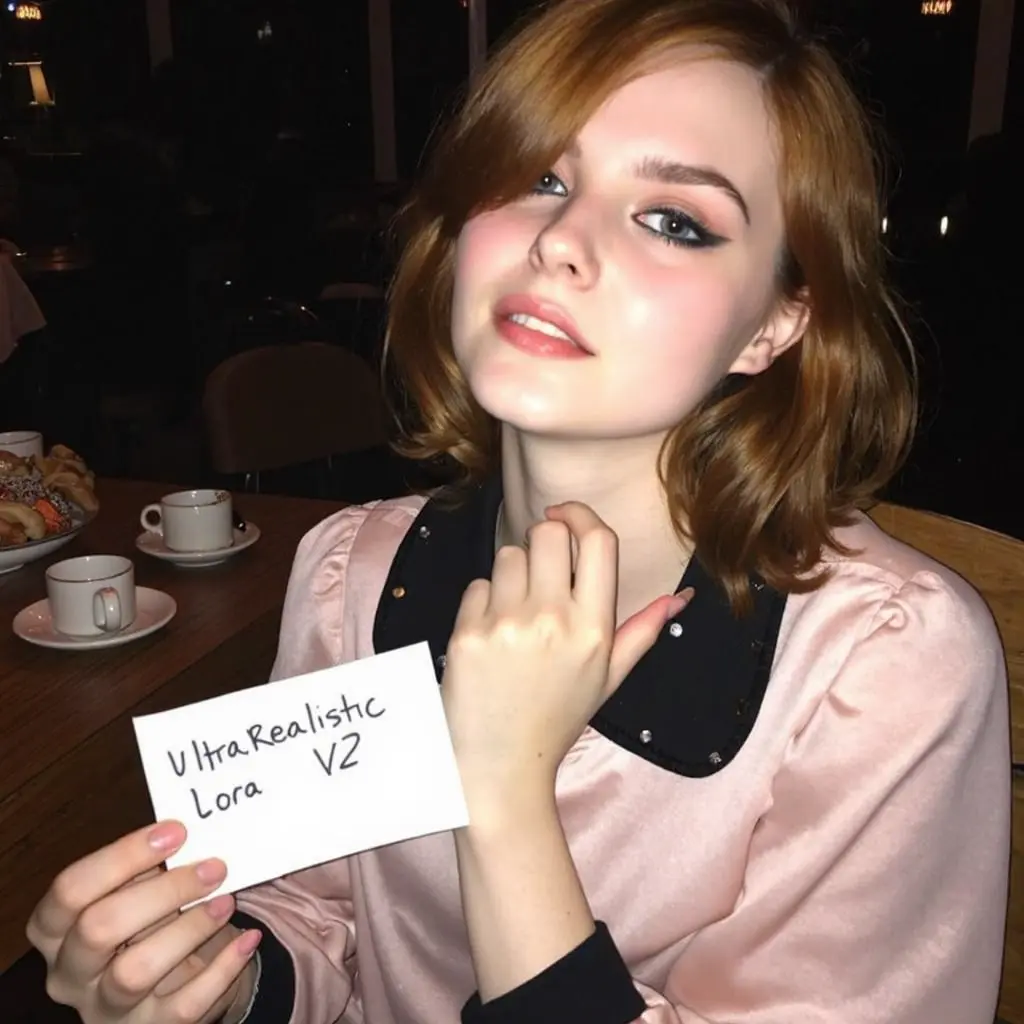ComfyUI Node: Inpaint (using Model)
INPAINT_InpaintWithModel
Categoryinpaint
Acly (Account age: 4089days) Extension
ComfyUI Inpaint Nodes Latest Updated
2025-03-31 Github Stars
0.91K
How to Install ComfyUI Inpaint Nodes
Install this extension via the ComfyUI Manager by searching for ComfyUI Inpaint Nodes- 1. Click the Manager button in the main menu
- 2. Select Custom Nodes Manager button
- 3. Enter ComfyUI Inpaint Nodes in the search bar
Visit ComfyUI Online for ready-to-use ComfyUI environment
- Free trial available
- 16GB VRAM to 80GB VRAM GPU machines
- 400+ preloaded models/nodes
- Freedom to upload custom models/nodes
- 200+ ready-to-run workflows
- 100% private workspace with up to 200GB storage
- Dedicated Support
Inpaint (using Model) Description
Perform image inpainting using pre-trained model for seamless results, restoration, and object removal with optional upscaling.
Inpaint (using Model):
The INPAINT_InpaintWithModel node is designed to perform image inpainting using a pre-trained model. Inpainting is a technique used to fill in missing or corrupted parts of an image, and this node leverages advanced machine learning models to achieve high-quality results. By providing an image and a corresponding mask that indicates the areas to be inpainted, the node processes the input to generate a seamless and visually appealing output. This node is particularly useful for tasks such as restoring old photographs, removing unwanted objects, or filling in gaps in images. It supports optional upscaling to enhance the resolution of the inpainted image, ensuring that the final output meets high standards of detail and clarity.
Inpaint (using Model) Input Parameters:
inpaint_model
This parameter specifies the inpainting model to be used for the task. The model can be of type mat.MAT or any other compatible model architecture. The choice of model significantly impacts the quality and style of the inpainting results. Ensure that the model is properly loaded and compatible with the node's requirements.
image
The image parameter is the input image that needs to be inpainted. It should be provided as a tensor. The quality and resolution of the input image will affect the final output, so high-resolution images are recommended for better results.
mask
The mask parameter is a tensor that indicates the areas of the image to be inpainted. The mask should have the same dimensions as the input image, with the regions to be inpainted marked distinctly (e.g., using binary values where 1 indicates the area to be inpainted and 0 indicates the area to be left unchanged).
seed
The seed parameter is an integer value used to initialize the random number generator for the inpainting process. This ensures reproducibility of the results. Different seed values can lead to variations in the inpainting output, allowing for experimentation with different results.
optional_upscale_model
This optional parameter allows you to specify an upscaling model to enhance the resolution of the inpainted image. If provided, the node will use this model to upscale the inpainted regions, resulting in a higher-resolution output. This is particularly useful for applications requiring detailed and high-quality images.
Inpaint (using Model) Output Parameters:
inpainted_image
The inpainted_image parameter is the final output of the node, which is the inpainted version of the input image. This tensor contains the image with the specified regions filled in by the inpainting model. The quality and coherence of the inpainted areas depend on the model used and the input parameters provided.
Inpaint (using Model) Usage Tips:
- Ensure that the mask accurately represents the areas to be inpainted for the best results.
- Experiment with different seed values to achieve varied inpainting outcomes.
- Use high-resolution input images and masks to improve the quality of the inpainted output.
- If higher resolution is needed, provide an appropriate upscaling model to enhance the inpainted image.
Inpaint (using Model) Common Errors and Solutions:
Model file not found: <model_name>
- Explanation: This error occurs when the specified inpainting model file cannot be located.
- Solution: Verify that the model file exists in the specified directory and that the file name is correct.
Unknown model_arch <type(inpaint_model)>
- Explanation: This error indicates that the provided inpainting model type is not recognized by the node.
- Solution: Ensure that the inpainting model is of a supported type, such as
mat.MATor another compatible architecture.
Mask and image batch size mismatch
- Explanation: This error occurs when the batch sizes of the input image and mask do not match.
- Solution: Ensure that the mask tensor has the same batch size as the input image tensor.
Failed to patch <not_patched_count> keys
- Explanation: This error indicates that some keys in the inpainting model could not be patched.
- Solution: Check the compatibility of the inpainting model and the patch being applied. Ensure that all necessary keys are present and correctly specified.
Inpaint (using Model) Related Nodes
RunComfy is the premier ComfyUI platform, offering ComfyUI online environment and services, along with ComfyUI workflows featuring stunning visuals. RunComfy also provides AI Playground, enabling artists to harness the latest AI tools to create incredible art.


